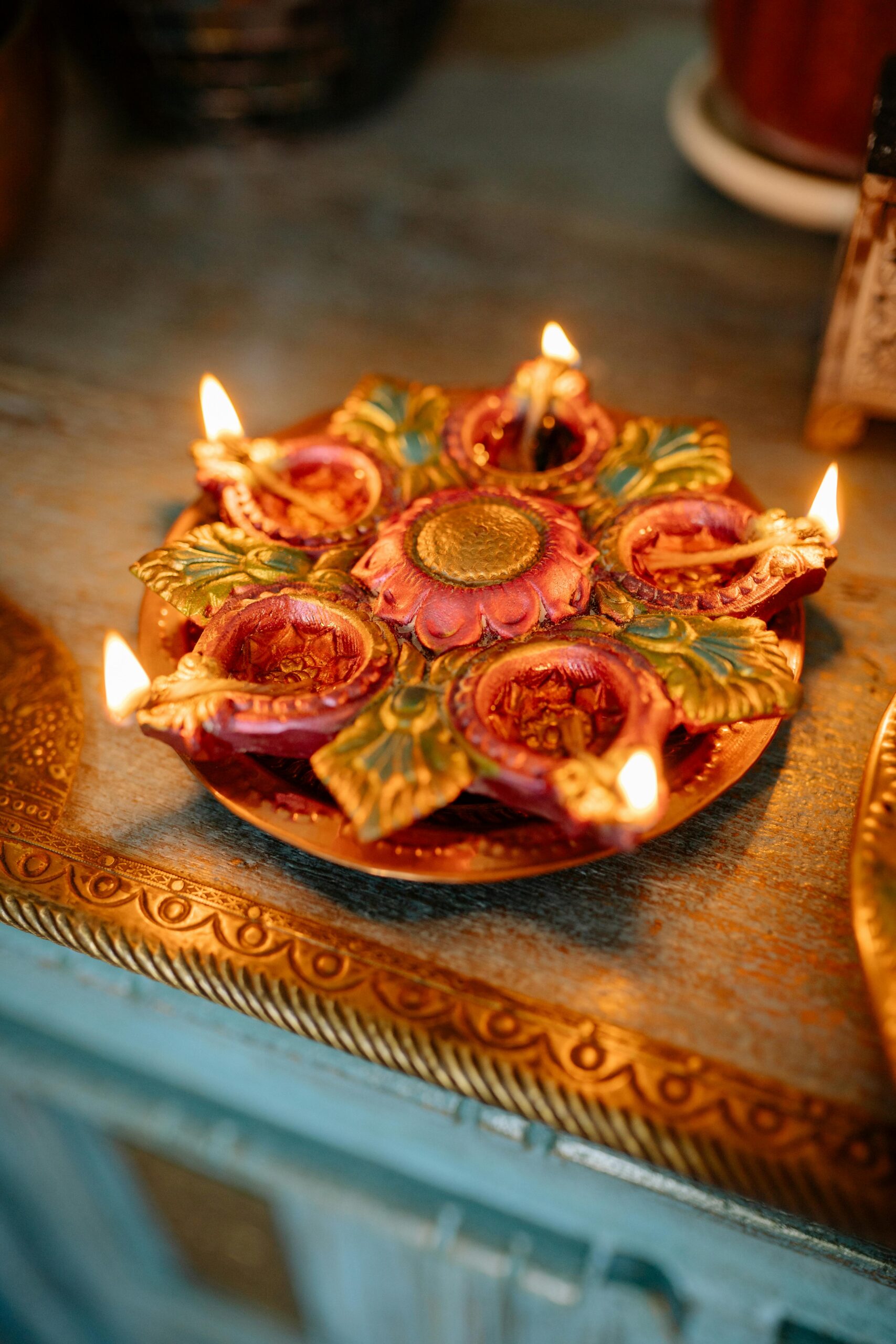
As the festival of lights—Diwali—approaches, markets and exhibitions across the country come alive with the vibrant colors of handcrafted terracotta diyas (lamps). At places like the Exhibition Ground, rows of beautifully shaped earthen lamps can be seen drying under the sun, each one crafted with care, tradition, and artistic flair by local artisans.
These lamps, simple yet elegant, carry with them centuries of heritage, symbolizing the triumph of light over darkness, good over evil, and knowledge over ignorance.
Terracotta Diyas: A Timeless Craft
Terracotta, meaning “baked earth,” is one of the oldest art forms in India. Artisans shape the clay into intricate lamps, dry them under the sun, and then bake them in kilns to harden. Once ready, they are either left in their natural earthy finish or painted with vibrant colors, glitter, and decorative patterns that catch the eye of modern-day buyers.
At festivals and exhibitions, these lamps are now being presented not just as items of worship, but as artistic home décor, blending tradition with aesthetics.
The Significance of Diyas in Diwali
Diwali, also known as Deepavali (literally “row of lamps”), is incomplete without the warm glow of diyas illuminating homes, streets, and temples. The tradition of lighting diyas dates back to ancient times and holds deep spiritual meaning:
-
Welcoming prosperity: Diyas are believed to invite Goddess Lakshmi, the deity of wealth and prosperity, into our homes.
-
Spiritual symbolism: The flame of the diya represents the inner light that protects us from spiritual darkness.
-
Cultural unity: Across India, regardless of region or language, lighting diyas remains a common practice during Diwali.
-
Tribute to Lord Rama: Lighting lamps commemorates the return of Lord Rama to Ayodhya, where people celebrated his victory over Ravana by illuminating the city with oil lamps.
A Decorative Statement in Modern Homes
While their religious significance remains intact, diyas today also serve a decorative purpose:
-
Colorful and designer diyas are used to decorate windowsills, balconies, entrances, and prayer areas.
-
Many homes now feature themed diya setups — in mandalas, rangolis, or alongside floral arrangements.
-
Artisans are experimenting with geometric, floral, and peacock designs, making each piece unique.
By choosing hand-painted or natural terracotta diyas, people are also moving towards eco-friendly celebrations, reducing the use of plastic or electric alternatives.
Empowering Artisans and Promoting Handicrafts
Expos and fairs such as the one at Exhibition Ground provide a vital platform for rural potters, women self-help groups, and traditional artists to showcase their craft directly to consumers.
-
These events help in preserving traditional pottery techniques that have been passed down for generations.
-
They provide livelihood opportunities for artisans, especially during festive seasons.
-
Consumers also benefit from affordable, unique, and handmade products that carry more meaning than mass-produced goods.
When you buy a terracotta lamp from a local artisan, you’re not just buying a diya—you’re supporting a story, a family, and a tradition.
Conclusion: Lighting the Way with Meaning
This Diwali, as we light up our homes, let us also light up the lives of those who create these beautiful lamps with their hands and hearts. Terracotta diyas are not just vessels of light—they are symbols of sustainability, culture, and creativity.
So, whether you’re visiting a festive fair, browsing a craft exhibition, or decorating your home, choose diyas that carry tradition in their clay and artistry in their form.
Celebrate with light. Decorate with heart. Support with purpose.
